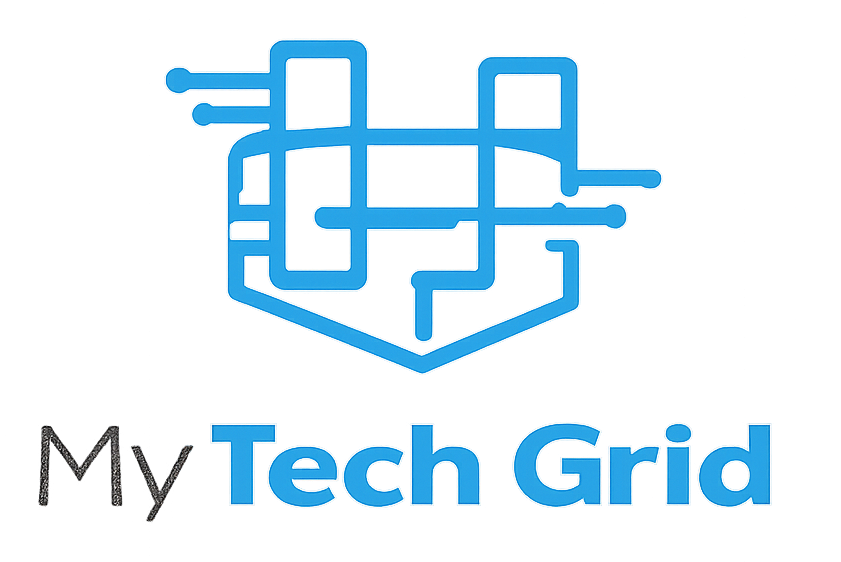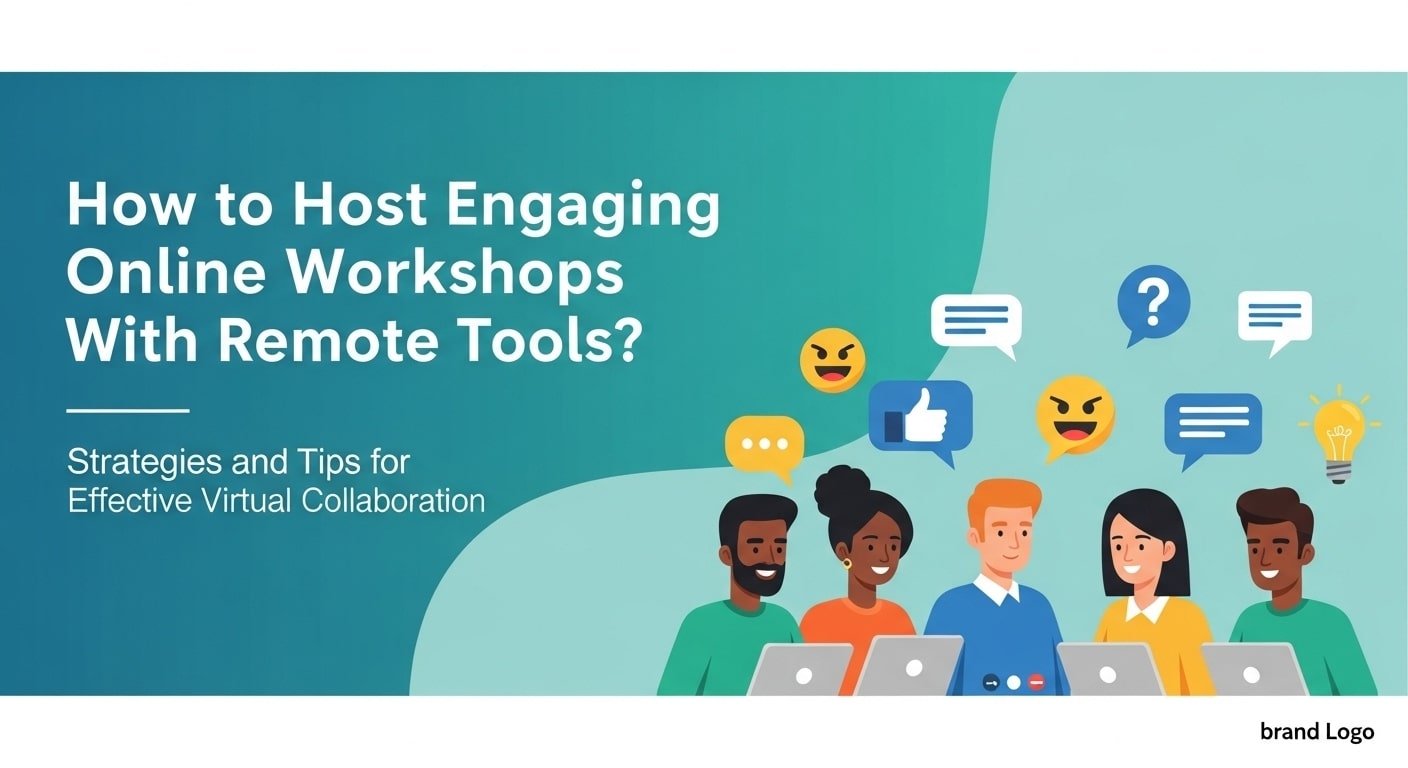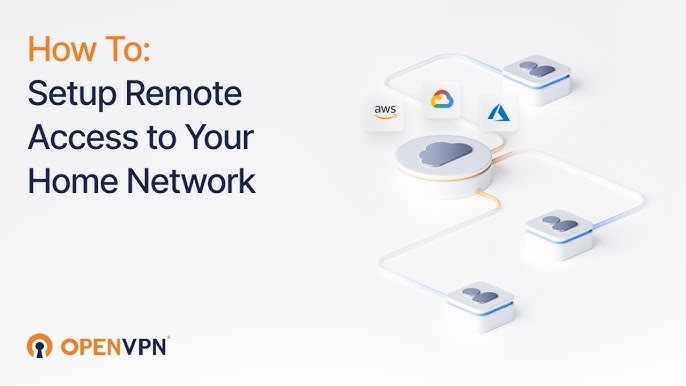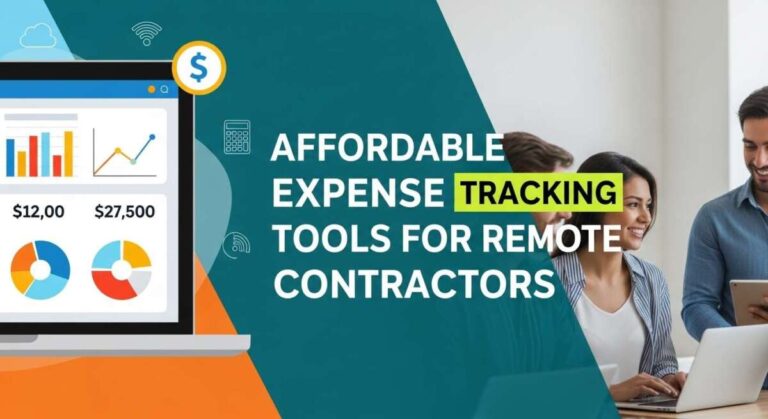How to Host Engaging Online Workshops With Remote Tools?
Ready to turn your online workshops from “just another meeting” into unforgettable experiences? You’re about to discover how to use remote tools to keep your audience hooked, active, and eager to participate.
Whether you’re leading a training session, brainstorming with your team, or teaching a class, hosting engaging virtual workshops is a skill that can set you apart. You’ll learn simple, proven strategies to connect with your participants, spark lively discussions, and make every minute count.
Stick with me, and you’ll never dread hosting a remote workshop again!
Choosing The Right Tools
Choosing the right tools is key to hosting engaging online workshops. The tools you pick shape how participants interact and learn. They must be easy to use and fit your workshop goals. Simple tools keep attendees focused and reduce tech issues. Below are important categories of tools to consider for your workshop.
Video Conferencing Platforms
Video conferencing tools let you connect face-to-face online. Pick platforms with good video and audio quality. Look for features like screen sharing and recording. Popular options include Zoom, Microsoft Teams, and Google Meet. These platforms support live discussion and presentations. Choose one that most participants can access without trouble.
Collaboration Software
Collaboration software helps teams work together in real-time. Use apps like Miro, MURAL, or Google Docs to share ideas. These tools allow participants to add notes, draw, or edit documents live. They make group work easier and more interactive. Select software that fits your workshop format and participant skill levels.
Interactive Features
Interactive features keep participants engaged and active. Polls, quizzes, and breakout rooms spark interaction. Tools with chat functions let attendees ask questions or share thoughts. Use reactions or hand-raising to manage participation smoothly. These features create a lively and inclusive atmosphere during your workshop.
Planning Your Workshop
Planning your online workshop is the first step to making it successful. A clear plan keeps the session focused and engaging. It helps you manage time and meet participants’ needs. Careful planning also reduces stress during the workshop. Use remote tools to organize and prepare all parts of your session.
Setting Clear Objectives
Start by defining what you want to achieve. Clear objectives guide your content and activities. They help participants understand the workshop’s purpose. Write objectives that are simple and specific. For example, “Teach basic photo editing skills” is better than “Discuss photography.” Clear goals make your workshop more effective.
Creating An Engaging Agenda
Plan an agenda that balances information and interaction. Break your workshop into short segments to keep attention. Include time for discussions, questions, and hands-on activities. Use remote tools like polls or breakout rooms to engage participants. Share the agenda before the workshop so everyone knows what to expect.
Scheduling And Time Management
Choose a time that suits most participants, considering different time zones. Keep the workshop length reasonable, usually one to two hours. Include short breaks to help participants stay focused. Use timers or reminders to stick to your schedule. Good time management keeps the workshop smooth and enjoyable.
Preparing Participants
Preparing participants is vital for a smooth and engaging online workshop. It sets the tone and ensures everyone is ready to join and learn. Clear communication and proper setup help prevent technical issues and confusion. Setting expectations helps participants stay focused and active throughout the session.
Pre-workshop Communication
Send invitations well in advance with all key details. Include the date, time, and platform link clearly. Share the workshop agenda to give participants an idea of what to expect. Remind them about any materials or tools they need to prepare. Use simple language to avoid misunderstandings. A friendly tone encourages attendance and participation.
Technical Setup And Testing
Encourage participants to check their internet connection before the workshop. Ask them to install any required software or apps beforehand. Suggest testing their microphone and camera to avoid delays. Offer a short practice session to help them get familiar with the platform. Provide a help contact for any technical problems. This reduces stress and keeps the workshop on track.
Setting Expectations
Explain the workshop goals and what participants will learn. Clarify how they can interact, such as using chat or raising hands. Set rules for respectful communication and staying on topic. Mention breaks and the expected duration of the workshop. Encourage participants to be punctual and engaged. Clear expectations lead to better focus and participation.

Credit: www.gumlet.com
Starting Strong
Starting strong sets the stage for a successful online workshop. It helps participants feel welcome and ready to engage. A good beginning builds trust and energy. This encourages active participation throughout the session. Use simple steps to create a positive start.
Icebreaker Activities
Icebreakers warm up the group and reduce tension. Choose quick activities that everyone can join. Ask simple questions or do a fun poll. This helps people relax and connect. Icebreakers boost comfort and open communication. They prepare attendees for active involvement.
Establishing Ground Rules
Clear ground rules keep the workshop organized and respectful. State expectations for behavior and participation. Explain how to use chat or raise hands. Set guidelines for staying on topic. Ground rules create a safe space for sharing ideas. They help avoid distractions and confusion.
Setting The Tone
Your tone shapes the workshop’s atmosphere. Speak warmly and show enthusiasm. Use friendly language and positive body cues. Encourage questions and interaction early on. A welcoming tone invites participation and trust. It makes the workshop feel collaborative and fun.
Encouraging Interaction
Encouraging interaction is key to successful online workshops. It keeps participants active and focused. Interaction builds a sense of community and makes learning more effective.
Using remote tools, you can create spaces where everyone feels comfortable to share ideas. Engaging activities help participants connect with the content and each other. Here are some ways to encourage interaction during your workshop.
Group Discussions
Group discussions allow participants to share thoughts and ask questions. Use breakout rooms to create smaller groups. This makes it easier for everyone to speak. Assign clear topics or questions to guide the conversation. Encourage participants to listen and respond to each other. Group discussions increase engagement and deepen understanding.
Interactive Exercises
Interactive exercises turn passive listeners into active learners. Use polls, quizzes, or live drawing tools to involve participants. Exercises should be simple and quick to keep energy high. Tasks like brainstorming or problem-solving work well online. These activities make workshops fun and help participants apply new knowledge immediately.
Q&a Sessions
Q&A sessions give participants a chance to clarify doubts. Reserve time for questions after each major topic. Use chat or voice features for people to ask questions easily. Encourage all questions, even simple ones. Clear answers improve understanding and build trust between you and the audience.

Credit: www.nextiva.com
Maintaining Engagement
Keeping participants engaged during an online workshop is crucial. Without physical presence, attention can drift easily. Active engagement helps maintain focus and enhances learning. Use techniques that refresh attention and encourage interaction throughout the session.
Using Timers And Breaks
Set clear timers for each activity. This creates a sense of urgency and keeps the pace lively. Schedule short breaks to prevent fatigue. Breaks help participants stretch, relax, and return refreshed. Regular pauses avoid burnout and maintain energy levels.
Varied Content Delivery
Mix different types of content to keep interest high. Use slides, videos, polls, and live discussions. Changing formats prevents boredom and keeps minds alert. Interactive elements invite participation and make learning active. Variety also helps reach different learning styles.
Monitoring Participant Energy
Watch for signs of tiredness or distraction. Ask questions to check understanding and attention. Encourage participants to share their thoughts or ask for breaks. Use chat and reaction tools to gauge mood and energy. Adjust your pace and methods based on feedback.
Handling Challenges
Handling challenges during online workshops can improve the overall experience. These hurdles often disrupt the flow and reduce engagement. Preparing for common issues helps keep the session smooth and focused. Addressing problems quickly also builds trust with participants.
Technical Issues
Technical problems can stop workshops suddenly. Check your internet connection before starting. Test all software and tools in advance. Have a backup plan if a tool fails. Encourage participants to update their apps. Provide simple instructions for troubleshooting common issues.
Participant Distractions
Distractions reduce attention and participation. Ask attendees to mute when not speaking. Use interactive elements like polls or chats to keep focus. Suggest a quiet space for joining the workshop. Keep sessions short to prevent fatigue. Remind participants to limit multitasking.
Managing Difficult Interactions
Conflicts or interruptions can occur in any group. Set clear ground rules at the start. Stay calm and listen to all sides. Redirect negative comments to positive discussion. Use private messages for sensitive feedback. Encourage respect and patience among participants.
Following Up
Following up after an online workshop is key to keeping engagement high. It helps to reinforce learning and build connections. A good follow-up lets participants revisit ideas and feel supported.
Use follow-up actions to extend the workshop’s value. This section covers sharing materials, gathering feedback, and planning next steps. Each part ensures participants stay involved and ready for more.
Sharing Workshop Materials
Send all important files right after the workshop. Include slides, notes, and any extra resources. Make these easy to access and download. Clear, organized materials help participants review and apply what they learned.
Choose a simple platform to share files. Email links or cloud storage work well. Remind participants to check the materials for better understanding. This step shows you care about their success.
Gathering Feedback
Ask participants to share their thoughts on the workshop. Use short surveys or quick polls. Keep questions simple and focused. Feedback helps you improve future sessions and meet needs better.
Encourage honest answers by making feedback anonymous. Show appreciation for their time and opinions. Use their input to adjust content, format, or tools for next workshops.
Planning Next Steps
Outline clear actions based on workshop goals and feedback. Suggest follow-up meetings, practice tasks, or new topics to explore. Give participants ways to stay connected and continue learning.
Set deadlines and reminders for these next steps. Keep communication open for questions and support. Planning ahead keeps the momentum going and builds a strong learning community.

Credit: smart.dhgate.com
Frequently Asked Questions
How To Run A Remote Workshop?
Plan a clear agenda and choose reliable tools. Start with an icebreaker to engage participants. Encourage interaction with discussions and activities. Test technology beforehand and set ground rules. Keep sessions concise and allow time for questions.
How To Make An Online Workshop Interactive?
Use engaging tools like polls, breakout rooms, and Q&A sessions. Encourage group discussions and interactive exercises. Start with icebreakers and set clear goals. Keep sessions dynamic and invite participant feedback to maintain attention and involvement.
How To Facilitate An Engaging Workshop?
Engage participants with clear goals and interactive activities. Start with icebreakers, encourage questions, and maintain energy. Use reliable tools and set ground rules. Prepare thoroughly and adapt to unexpected changes for a smooth workshop experience.
Which Communication Tool Is Best Suited For Conducting Virtual Training Sessions And Workshops?
Zoom is ideal for virtual training and workshops, offering video, screen sharing, breakout rooms, and interactive features.
Conclusion
Hosting engaging online workshops takes clear planning and the right tools. Start by setting a simple agenda and testing your technology. Encourage interaction with questions and group activities. Keep sessions short and focused to maintain attention. Remember to welcome participants warmly to create a friendly space.
With these steps, your remote workshops can be productive and enjoyable. Practice and feedback help you improve every time. Keep learning and adapting to make each workshop better than the last.






